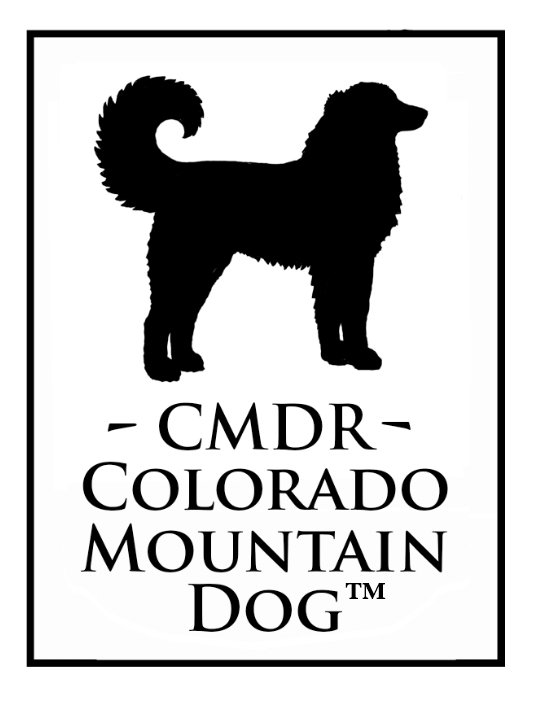~ Articles ~
How High a COI is Too High a COI?
A COI is the coefficient or percentage of duplication of dogs in a pedigree. It is a measure of line breeding/in breeding.
Legalists will struggle with the fact that there is not a correct answer to the question. COIs are there as a tool for breeders calculating many generations ahead with specific trait capture in mind. They may drive a COI up high in one litter to set in a list of positive traits, and then in the next generation drive it down low or cut it to zero with an outcross, and capture desired traits in the offspring, going forward with a 0% COI.
But a person who is just making puppies and wants a low COI most likely doesn't understand population genetics, ancestor loss, or how this all fits together to create a healthy genepool for a personal program for a long time to come.
A COI is not just a COI. Who ARE the duplicated dogs, what were the traits that the breeder desired to capture that made him or her do the line cross? Maybe an outcross will be used, and cut the COI to 0 but are their duplicated ancestors on one side creating ancestor loss, and what was the purpose, what are the traits?
This is why raising dogs is so complex. You love the individual animals, but want to be responsible to set up a long healthy future for your program and the breed as well. That is why these tools are here.... not just to tell you when you have an "ok COI for selling pups", but so you can make incredibly well thought out pairings with generations of trait capture in mind.
At this point there are two dogs that I recommended for linecrossing. One was Caspian obviously, because this breed is based on him. Behind the scenes I have been working with people all over the map to expand both his appearances on pedigrees, but also his trait capture into our lines.
There was another prepotent stud who I recommended be linebred and that is Chuck Norris bred by RAD Marie Rodenbaugh and owned by Kristin C. Robertson. This stud has made a great impact in our breed. He is very typey even though he is a complete outcross. He was bred back to one of his grand daughters to set some of his traits.
Linebreeding is not for convenience. Dogs that are repeated in a pedigree should be one in a million, and should be deliberately linecrossed by people who understand the Jay Lush formulas, and who are pairing with dogs that best compliment, differing where improvement is desired, and matching traits you want to keep. And then an idea of where you will go from there.
As a rule I shoot to keep COIs under 5.75. I will exceed that occasionally when there is a Caspian linecross I want to make, and then I have a future mate who will add diversity and bring the CO1 back down.
I hope this was helpful. The tools we now have on our public database are fabulous for setting up trial matings and looking at pedigrees to see the results.
Post script: what gives us the ability to use line crosses to achieve trait capture, is an open stud book on the other end. Doing line breeding in a small, closed stud book population plunges a breed into inbreeding and expected genetic flaws. All line breeding (deliberately repeating a dog in a pedigree), is for specific trait capture, being mindfully done, with a multi-generational plan forward from there.
